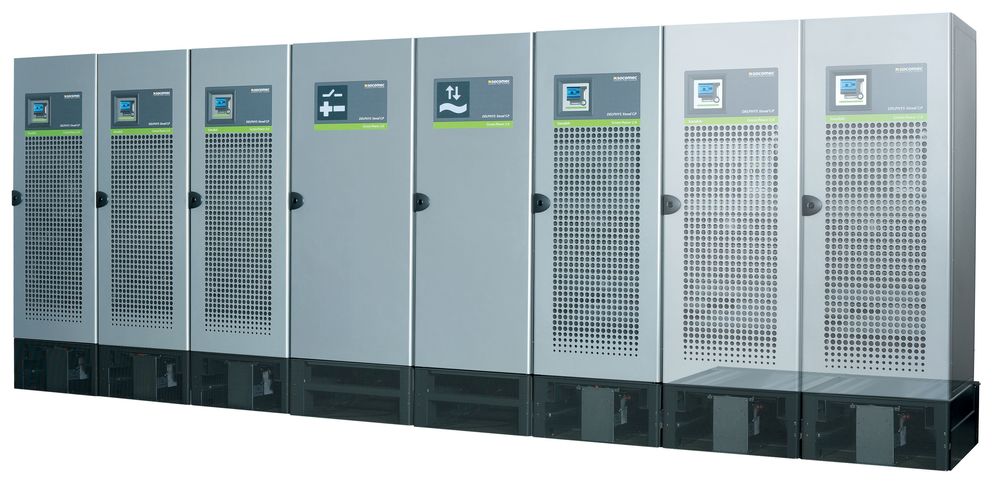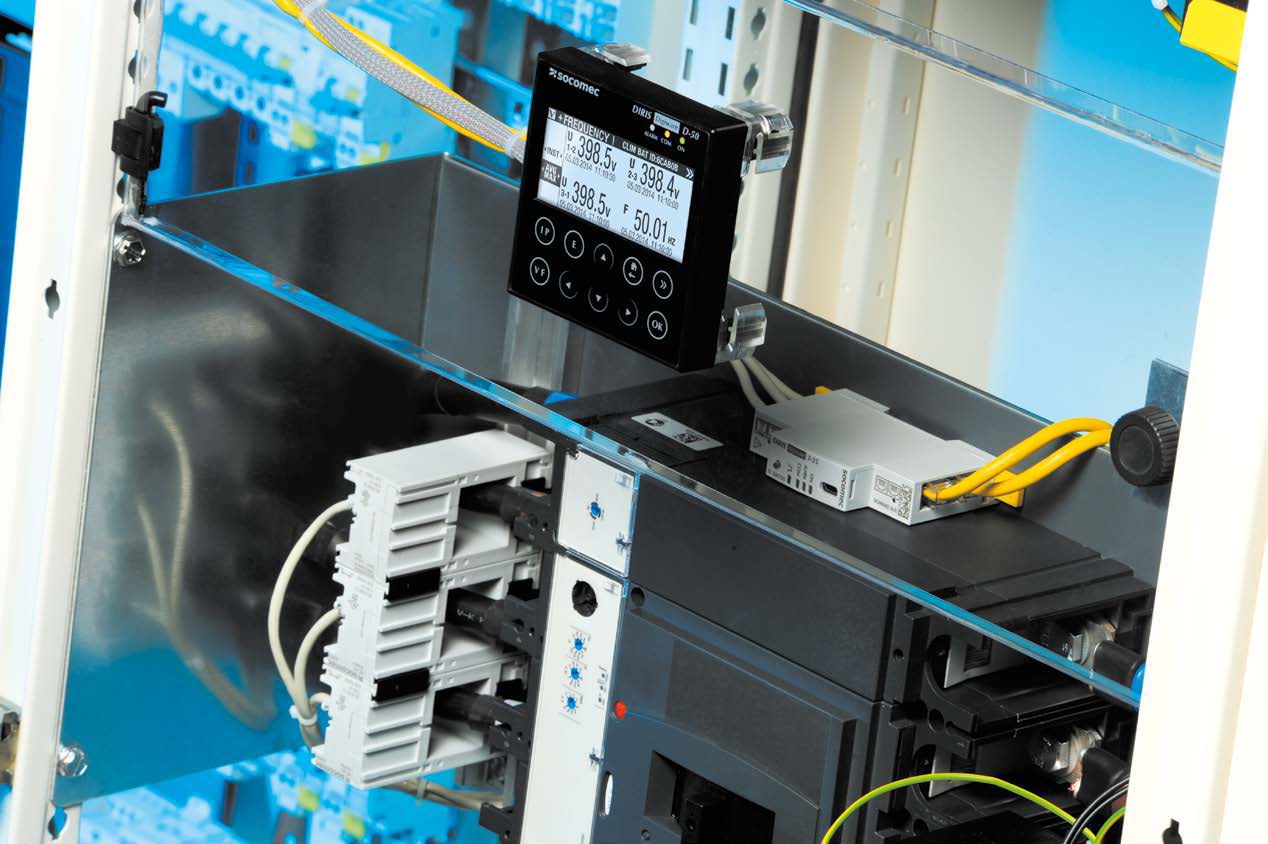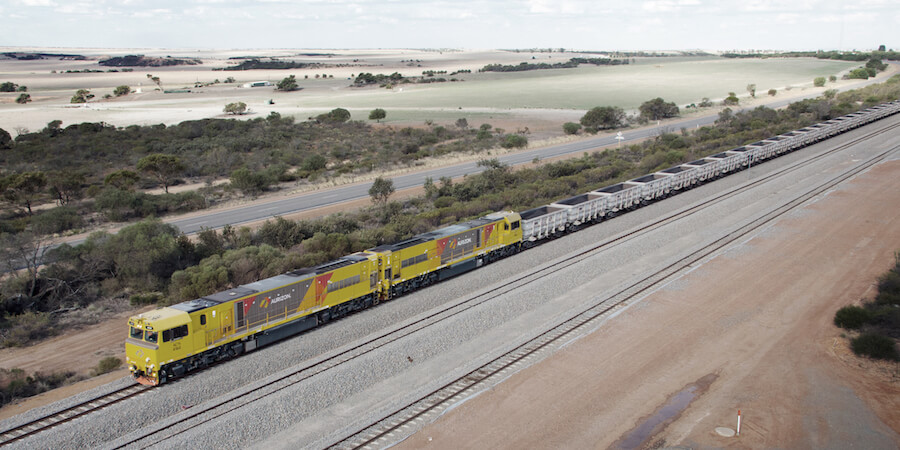Socomec launches next generation modular solution – for the ultimate flexibility.
Global power management expert, Socomec, is driving a stream of innovation to guarantee the performance of the new electrical ecosystem and has developed a disruptive new UPS solution that makes the latest advances in technology more accessible – and easier to deploy – than ever before.
With more than 20 years of experience in developing and supplying modular solutions, Socomec’s MODULYS solutions provide the ultimate availability, scalability and extended lifetime to critical applications in IT infrastructures.
With particular expertise in delivering power solutions for the most critical and challenging Data Centre applications, Socomec has built on the success of the MODULYS GP 2.0 – taking experience and expertise in modular technologies and platforms – to create the next generation of high power modular UPS solutions: MODULYS XL.
The result of decades of research and based on technologies that have been proven in the field – including DELPHYS GP UPS power converters and MODULYS GP 2.0 electronic and firmware platforms – the MODULYS XL has simplified connections that deliver the best possible user experience whilst also de-risking next generation technology.

Modularity – but Not as You Know It
A flexible and truly modular approach has never been more important, with the increasing digitalisation of industry and the rapid expansion of the data centre market.
Socomec’s next generation technology has been developed with changing data centre deployment and capacity models in mind – radically in the case of 5G and IoT technology growth – but also in response to the evolution of the market in the face of power shortages, regulation, economic and political uncertainty.
MODULYS XL has been developed to deliver the highest quality power – via the latest technologies – that’s simple to deploy, whether for greenfield or priority upgrade projects. The flexibility of this next generation modular architecture enables users to adapt – rapidly – to ever changing requirements. The hardware and firmware have been designed for today and tomorrow – in order to provide a long lasting solution with guaranteed future compatibility – across the entire system.
Colin Dean, UK Managing Director Socomec, said:This is no ordinary modular system – there is nothing like it on the market today. We have created a completely new breed of modularity that delivers tangible value to our customers. We know that achieving the right granularity requires balance between MTBF and intrinsic redundancy – with no losses in available power due to missing modules, or inflated maintenance costs when the power is oversized. Rightsizing through modularity in design enables the power protection capacity to be added - when it’s needed - to meet actual or existing demand, instead of total upfront deployment. This approach means that capacity wasted is minimised in the case of variance between projected future loads and actual future loads. Furthermore, whilst redundancy provides an attractive MTBF, the rapid repair times associated with the very latest modular configurations can reduce MTTR significantly.
The flexibility of a tailored solution combined with the advantages of standardised assets, means that the system can be fine-tuned to the precise requirements of a specific electrical infrastructure.
Pre-engineered connections and agile assets make connection errors a thing of the past – MODULYS XL has been designed for easy alignment, in 5 minutes by 1 person. 200kw pluggable power modules make hot-scaling or module removal fast and easy.
Protect the Load in Online Mode – during Operation, Maintenance and Upgrade
In-situ maintenance, servicing and repairs are critical when it comes to the protection of highly critical loads. By introducing genuine modularity, MODULYS XL makes it safe and simple to add or remove a complete module –without cabling or firmware.
Colin Dean continues:By fully isolating a power module, the MODULYS XL protects the load in online mode – during operation, maintenance and upgrade. It’s completely foolproof – no engineering skills required. The process is simple; plug a new module into a prewired bay and wait for it to self-configure automatically while the rest of the system protects the load – working in inverter mode. We’ve made the latest technology easier to master than ever before.
Resilience through Modularity
The flexibility of a modular architecture enables an organisation to adapt – rapidly – to ever changing requirements. Configurable redundancy, no single point of failure, devices designed for superior robustness, anomaly detection, rapid repair time and maintenance based on hot-swap modules … the delivery of a reliable, safe, high quality power supply requires an optimised combination of vital factors, all of which are key when it comes to improving resilience.
Colin continues:As a pioneer in the modular market – and with vast experience of modular technologies and platforms – Socomec has created a new generation of truly modular equipment that is flexible, scalable and designed for rapid deployment or upgrade – all whilst maintaining system availability. Providing the right kind of scalability is essential when it comes to managing short-term capacity demands – without risking system integrity.
To find out more visit us at Data Centre Dynamics, London, Stand 44 or email [email protected]. Tel: 01285 86 33 00.
Follow Socomec: Linkedin Socomec Group Twitter Socomec_UK














